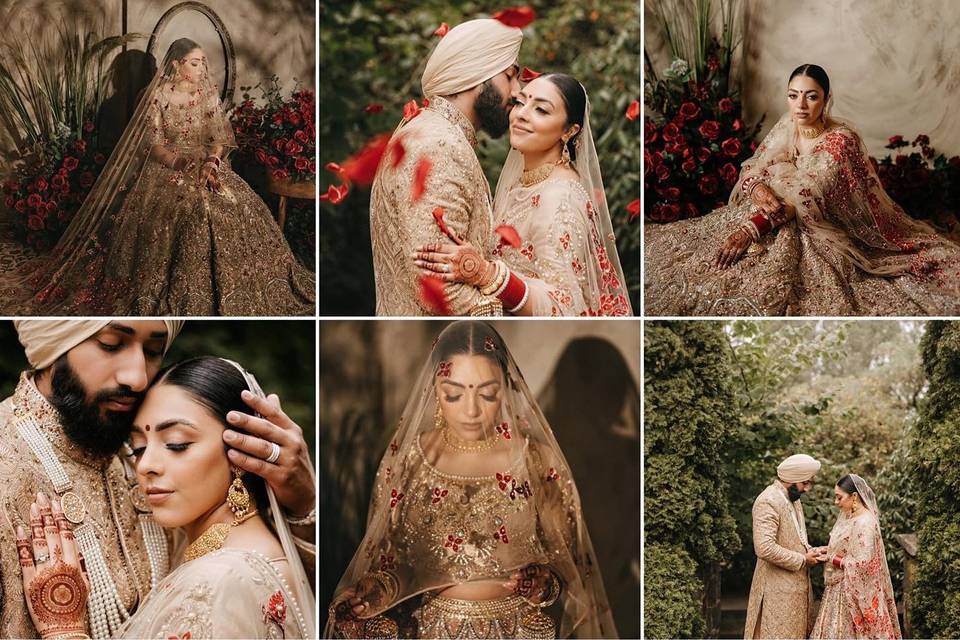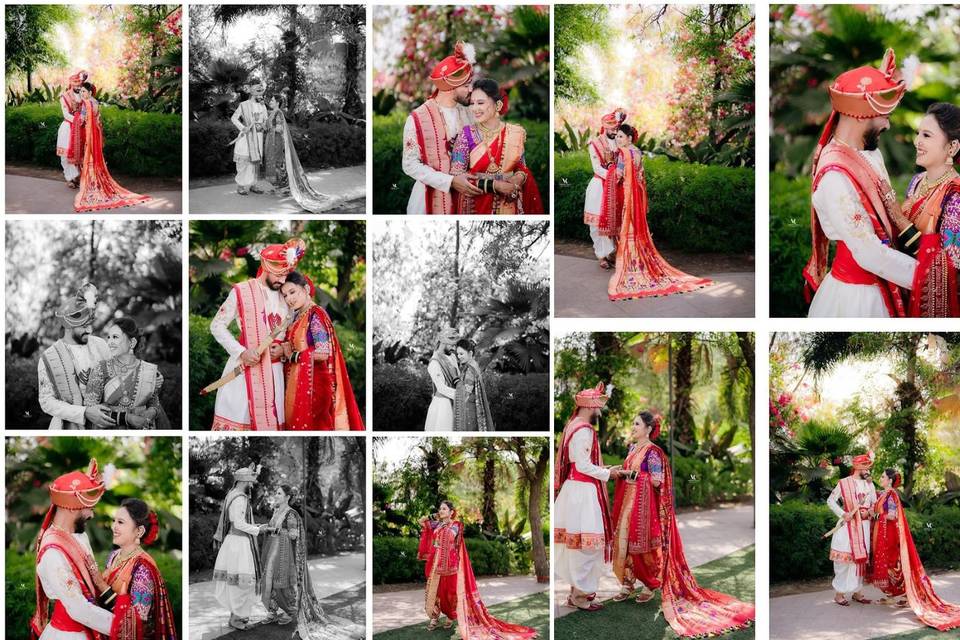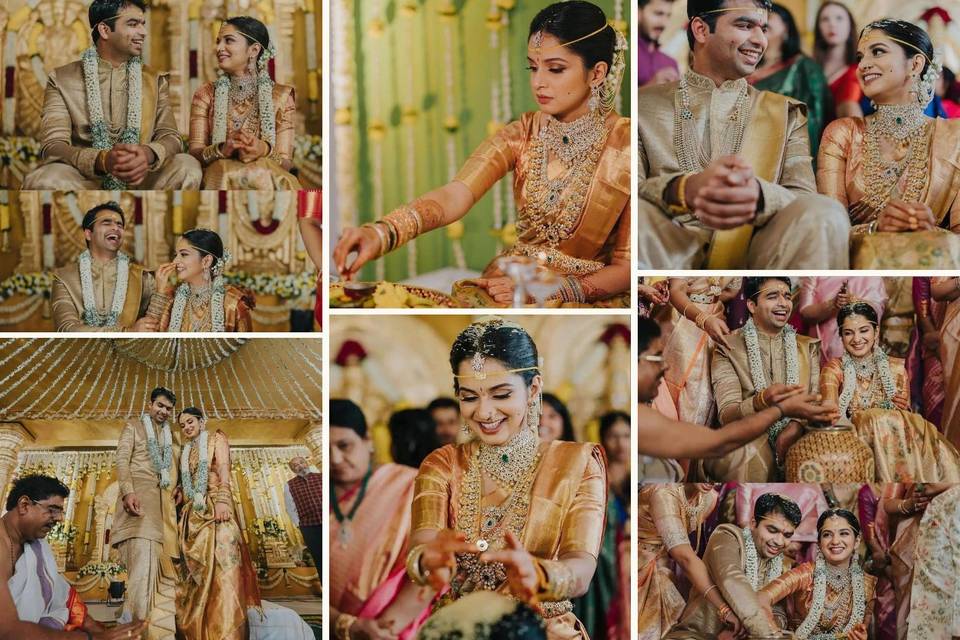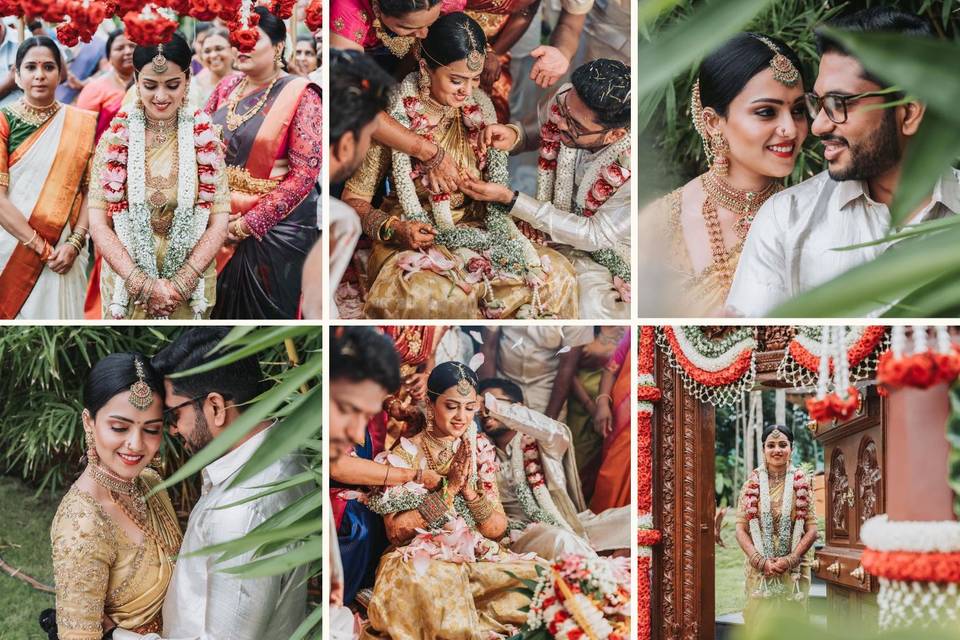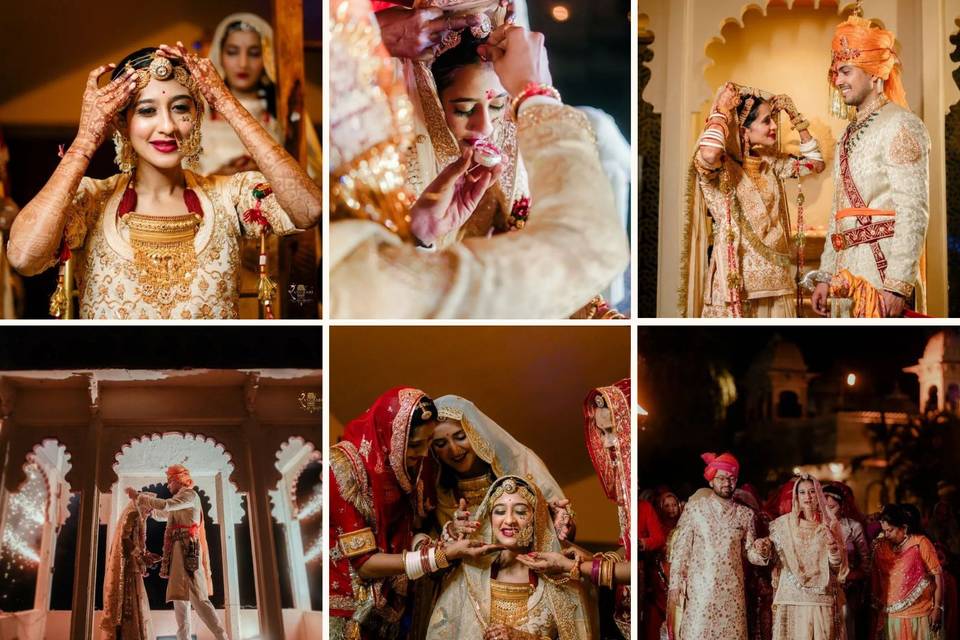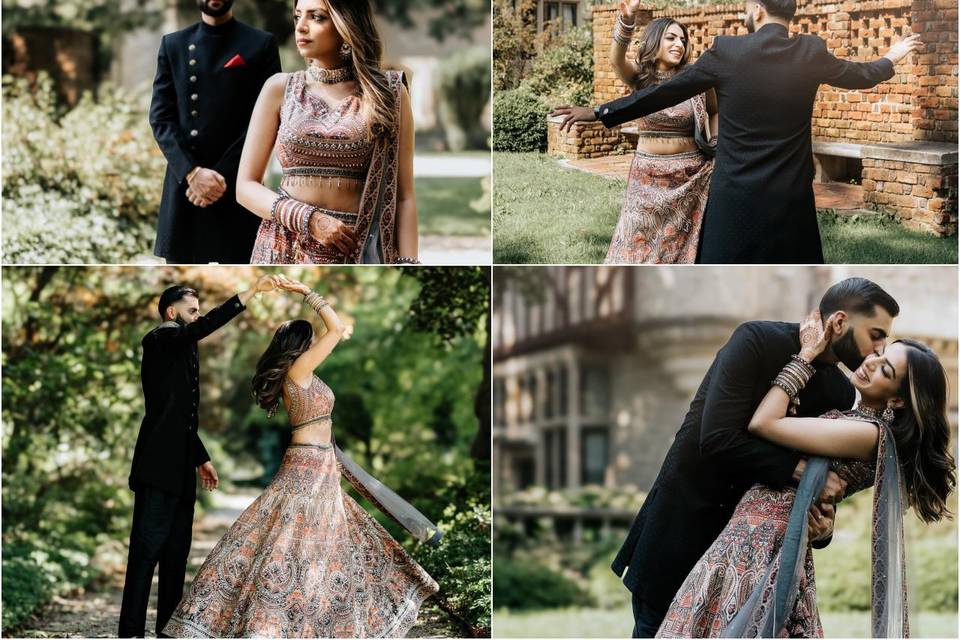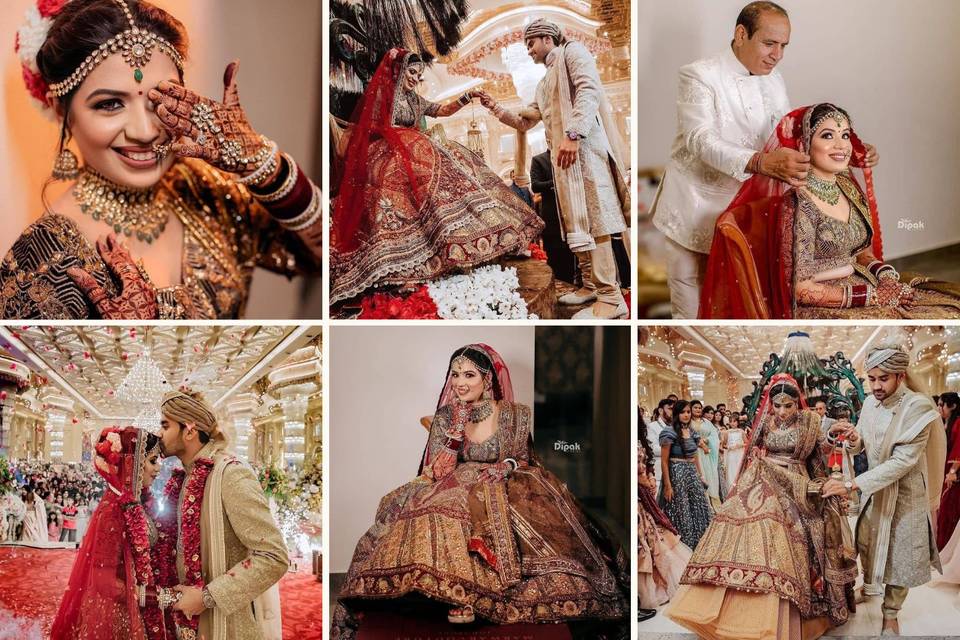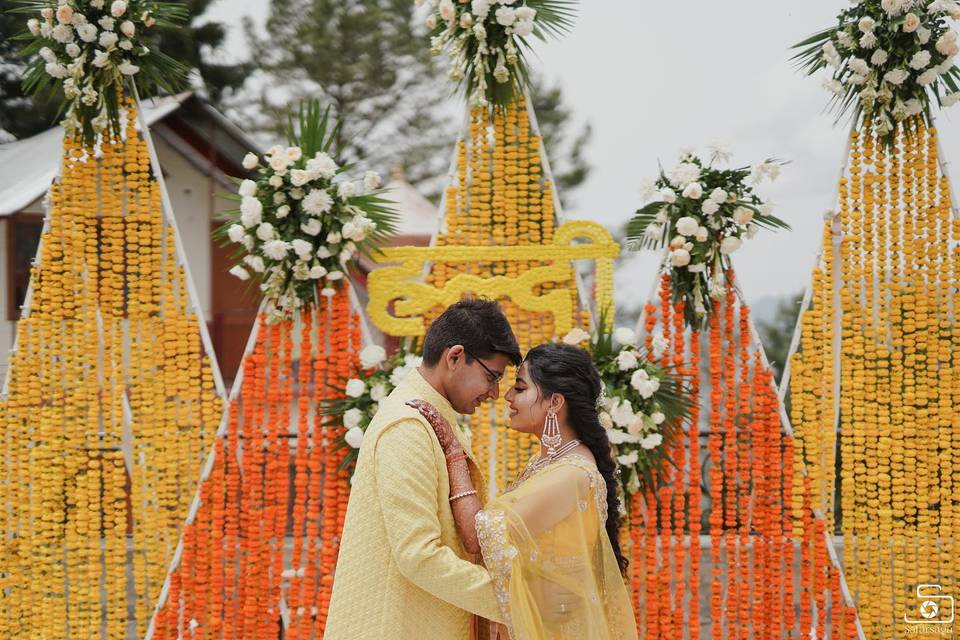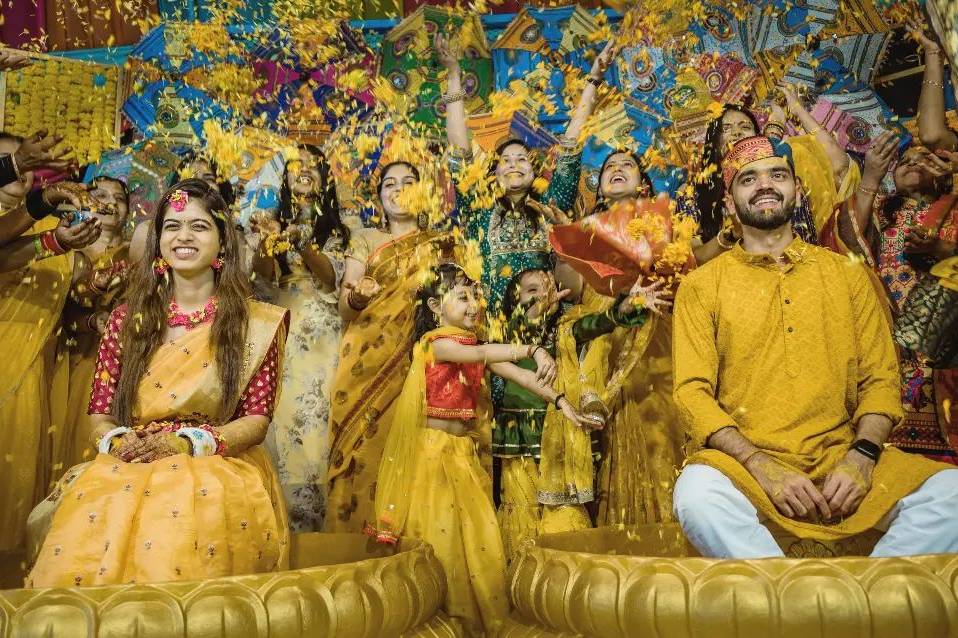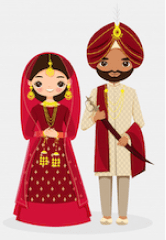Shaadi Shastra: The Seven Sacred Vows (Saat Phere) in Hindu Weddings
Saath Phere in Hindu Weddings explained: Read to know about the meaning, rituals, and spiritual significance of the sacred seven vows.
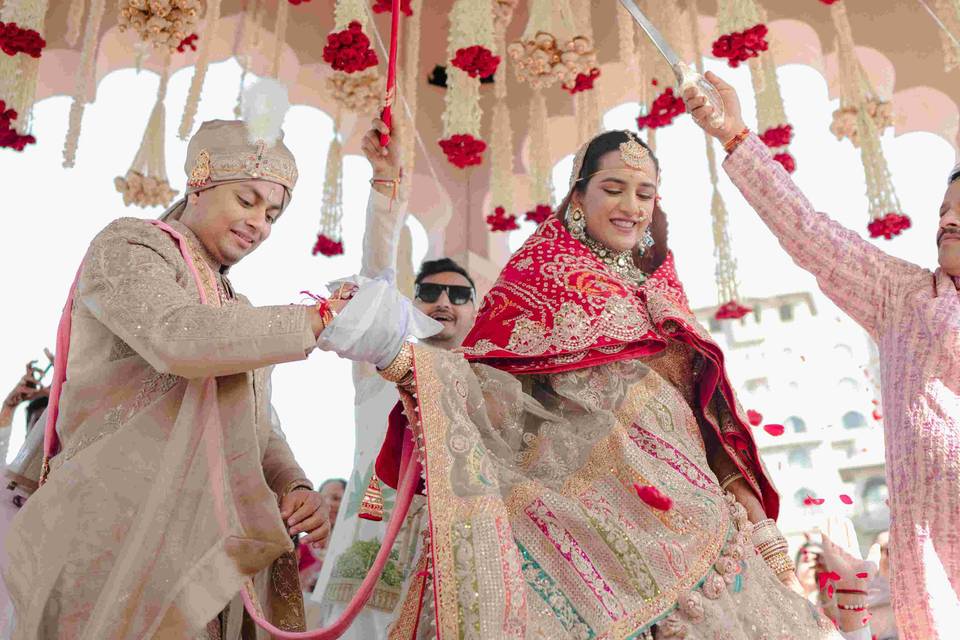

Contributing Writer: Anwesha Das
Weddings in India are a magical event. From traditions that have meandered through the changing times and made their place in the fun and frolic that surrounds the millennial weddings to the latest fashion that enhances the wedding wardrobe - every element of an Indian wedding is embedded with millions of emotions. In fact, if you really think about Indian weddings - it is the rituals in a wedding that makes it exhilarating and inspiring, filling the air with positive excitement. While the bride's mother is waiting at the gate looking her best in a gorgeous saree or bridal lehenga to welcome the groom with her blessings and a puja ki thaali, the bridesmaids and sisters of the bride wait on their toes while blocking the entrance to only allow the groom inside in exchange of money.
Among these endless fun rituals, there is one tradition that plays a pivotal role in Hindu weddings or Vedic weddings in general - the 7 pheras. The 7 steps taken by the couple around the sacred fire make up a significant portion of a Hindu wedding ceremony. Post the completion of the last phera around the holy fire, the couple is declared married.
Table of Content:
1. What are Saath Pheras in Hindu Weddings?
2. Significance of Saath Phere in Hindu Weddings
3. Meaning and Symbolism of Saath Phera
4. Saath Phere in Different Indian Regional Weddings
5. How is the Ceremony Performed?
6. Things to Remember During Saath Phere
What are Saath Pheras in Hindu Weddings?
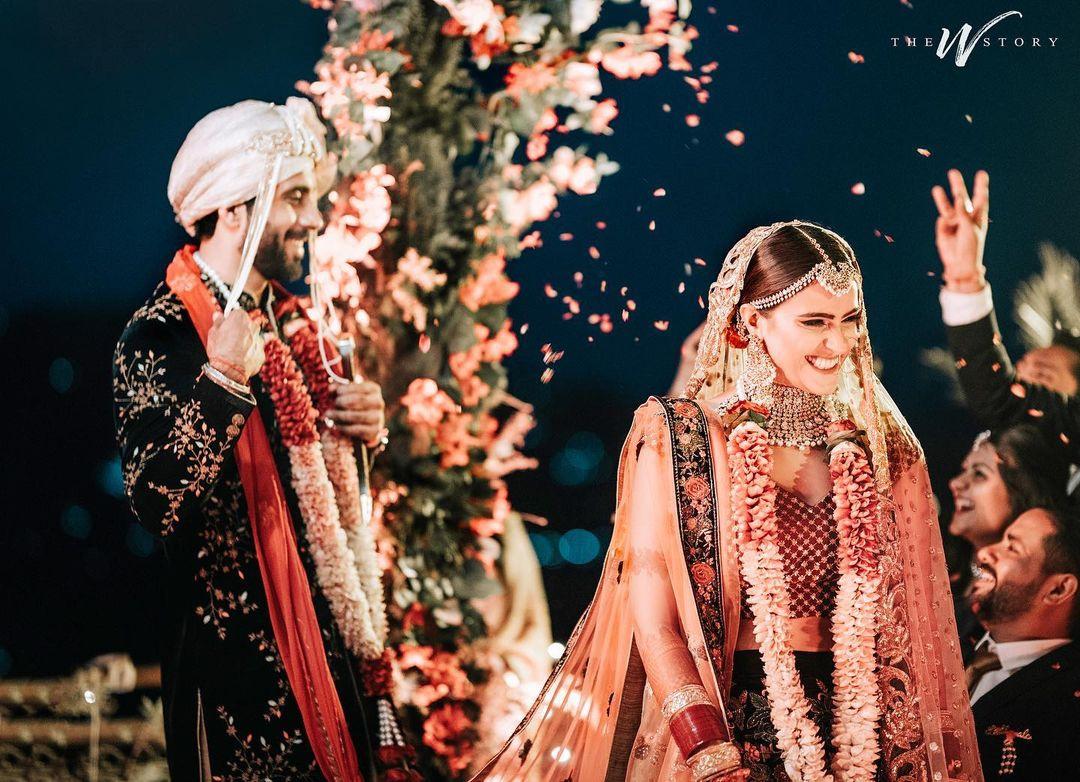
The Saath Pheras are the most sacred ritual and a significant tradition in an Indian wedding that signals the completion of a Hindu wedding. The pheras comprise of seven circumambulations around Agni - the sacred fire that is a testament to every Indian wedding. Each revolution of the flame on the wedding mandap represents one of the 7 vows of Hindu marriage. Cherish these vows and remember them during all your ups and downs together, for they are the glue to your marriage!
Significance of Saath Phere in Hindu Weddings
Did you ever wonder why the number 7? Well, it is a spiritually aligned numerical for sure but some even tend to go ahead and explain this with mathematics. The mathematical approach explains that every circle consists of 360 degrees and the only single-digit between 1-9 that cannot divide 360 is the number 7. The bride and groom circle the fire 7 times to ensure that nothing can divide their relationship. Now we ask why not 11 and 13? Well, if 7 rounds confirm a forever after (ritually) then why do more? And we must not forget that in many cultures, the bride and groom begin the wedding day festivities with fasting until the saath phere ceremony.
Meaning and Symbolism of Saath Phera
With that in mind, let us find out what the 7 pheres of Hindu marriage mean!
The First Vow or Phera
In the first vow of the Saat Phere, the groom and bride seek the divine blessings of God by asking him to bestow upon them enough for a healthy and prosperous living. They pray that they never fall short of food or money. The groom vows to always provide for his wife and family, and the bride promises to share the load and responsibilities with him equally. Together they vow to work towards this goal together and with respect for each other.
The Second Vow or Phera
In this circle, the couple prays to God to bless them with mental, physical and spiritual well being. The groom promises to stand by his wife in all situations, be it sickness or health. The bride promises to be his strength and also asks for his undivided love and attention in return.
The Third Vow or Phera
In this Phera, the couples ask the Almighty to bless them with everything that they need to live a comfortable and prosperous life. The couple seeks to be blessed with affluence in their married life. They aspire to make life better for each other as well as their descendants - both materialistically as well as spiritually. In this vow, the bride and groom also make a promise to remain loyal and faithful to each other.
The Fourth Vow or Phera
This is all about the family. Fortifying the bond with the family is of utmost importance. The fourth vow is also about giving unconditional love and respect to each other. While the groom's vow acknowledges the bride for making his family whole and the bride promises to love him forever.
The Fifth Vow or Phera
This is where the couple seeks the blessings of the almighty for noble, healthy and joyful children. This is also the vow where the couple promises to be friends and partners for life to be responsible parents to their offspring and nurture them.
The Sixth Vow or Phera
In this Phera, the couple promises the God that they will live an honest and noble life. They also pray for a healthy and disease-free life. They pray for the strength so that they can fulfil their responsibilities towards each other and their families.
The Seventh Vow or Phera
The last and seventh phera, which declares the couple companions for 7 lifetimes is one that is a promise. They promise to strive for wisdom and maturity to deal with their day to day life in mutual understanding, stability and faith. This vow pronounces them inseparable for life. These vows are a pious and beautiful way to start your life together with your other half. The "saat pheras" are the threshold of the "saat janam" that you and your partner are set to be together for.
Since this Indian wedding ritual is of utmost significance in the ceremony and it is also an essential part of the bond of marriage that two souls enter through the marriage, we want to throw some light on the traditions and how exactly it is honoured in various cultures.
Saath Phere in Different Indian Regional Weddings
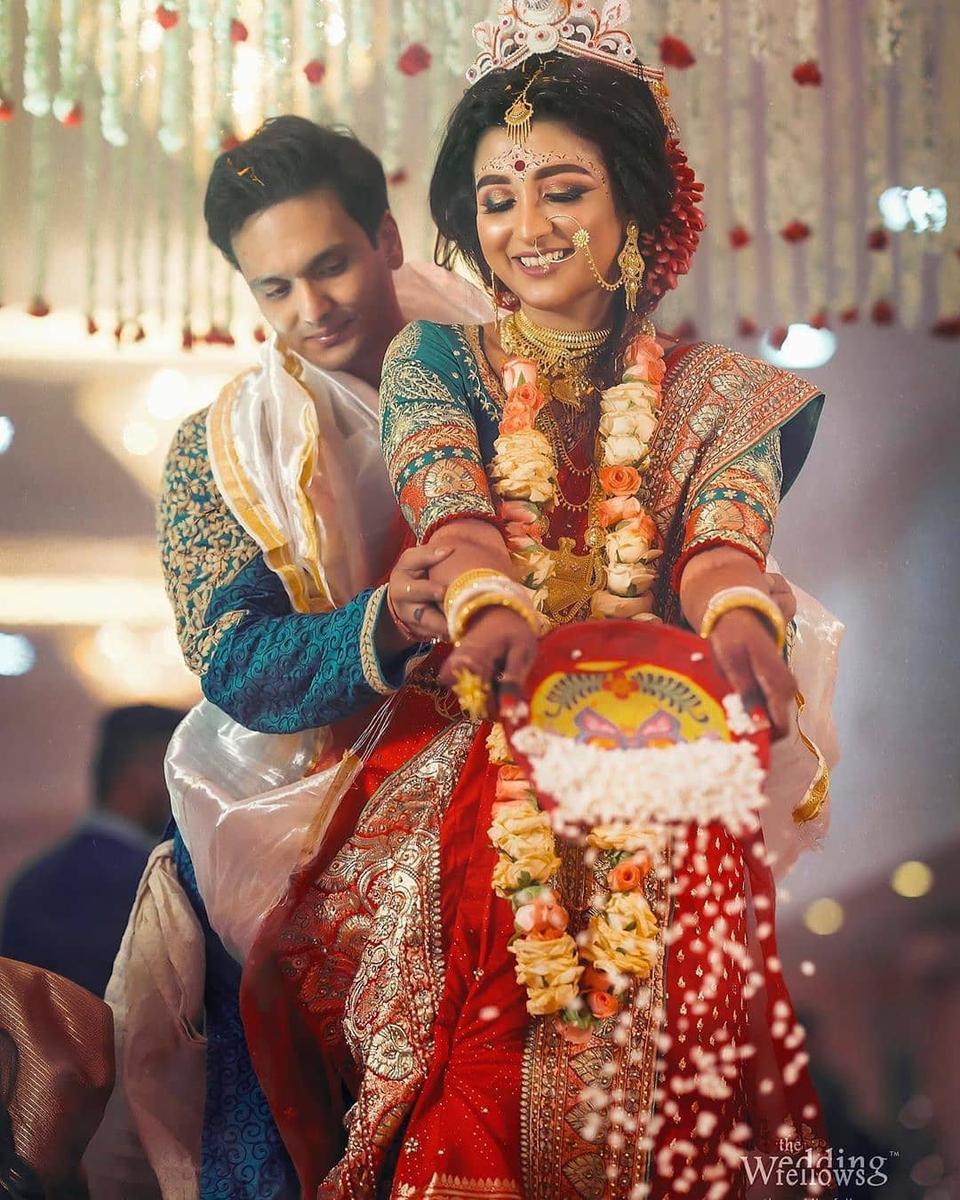
Saptapadi - Bengali Wedding
Similarly, in a Bengali wedding, the groom takes the lead of the first 4 pheras around the fire followed by the bride taking the last 3 with her beau on her tow. The Bengali Saptapadi is however different from the conventional phere that are popular in other parts of the country. The Saptapadi in Bengali weddings involves 7 betel leaves laid out in a straight sequence on the mandap floor. These betel leaves are decorated with "Haldi and kumkum" or turmeric and vermillion for piety and the after every circle that they complete, the bride is supposed to step on the leaves one at a time. The groom on the other hand moves a grinding stone called "nora" with his toe as they move forward for the new phera.
Do not confuse it with the Saath Pak. The Saath Pak is another ritual in a Bengali wedding where the bride is seated on a wooden stool and her brother lifts her to take 7 rounds of the groom while she covers her face with 2 betel leaves.
Saptapadi - Odia Weddings
In Odia weddings, Seven small piles of rice are made on the ground which is blessed by the priest. These piles represent Saptakil Parwatas or the seven hills that symbolise the hardships that they have to face during their married life. The bride breaks this heaps of rice with her right foot along with the groom by her side and this marks the seven steps of togetherness to begin their journey of a happily ever after. This is the Saptapadi. The Saptapadi ritual ends with the bride's brother placing puffed rice on the bride's palm, which is placed on the groom's palm) and they pour this puffed rice into the fire as a symbol of prosperity. This is mainly because the bride is considered to be a symbol of prosperity in her new home.
Saptapadi - Telugu, Malayali, Kannada, Tamil Weddings
The southern peninsula of our country is enriched with cultural diversity and while the bride and groom do take 7 rounds around the holy pyre, these 7 circles are called Saptapadi. In Telugu weddings, Tamil weddings, Malayali and Kannada weddings, the Saptapadi happens after the bride and groom have exchanged their garlands. They are showered with flowers and yellow tainted rice followed by the Saptapadi. The Saptapadi is the ritual where the couple takes 7 rounds around the fire and takes their 7 vows. Thereafter, the groom slips silver toe rings on the bride's feet.
Saat Phere - Punjabi, Gujarati, Marwari Weddings
The Saat Phere in Punjabi weddings, Gujarati weddings, and Marwari weddings follow the Vedic rituals, having the bride and groom take 7 full circles around the fire. During the Saat phere, the groom takes the first 4 pheras followed by the bride who takes the rest 3 pheras. This gesture implies that the wife can take over and lead if the situation demands. The bride also agrees to share the responsibilities with her husband for the rest of their married life - through thick and thin.
Laavaan Phere - Sikh Wedding

Image Courtesy: Real Bride Shaweta Khosa
During an Anand Karaj ceremony, The holy book Guru Granth Sahib Ji (Baba ji) is respectfully placed at the wedding venue (Gurudwara or any other place) and the couple takes 4 pheres around the holy book.
These pheres done in a clockwise direction are called the 4 Laavan and it is the most significant part of the wedding. In the above picture, you will find the meaning of each Lavan. After the Lavaan the bride and groom are considered married. These pheres are then followed by kirtan and Ardas. Each vow and step signify a stage in the marriage that the couple will encounter. These vows sanctify the union between the two souls. The "saat pheras" represent a promise of forever - the promises that solemnises their wedding. As the bride and groom perform the praikrama around the holy fire - Agni Dev, they take the holy fire as a witness to their holy matrimony and this act is also known as "Agni Sakhsi."
How is the Ceremony Performed?
While small details of performing Saptapadi or Saath Phere may vary from region to region, the alignment of steps to perform this ritual is mostly the same everywhere. The most important step taken to perform this ceremony is asking your pandit or priest to choose the most auspicious timeline during the wedding eve to perform Saptapadi. It is done by the priest, taking into consideration the kundlis of both the bride and groom. Once the timeline to perform this Vidhi is set, all family members gather around the agni (fire), with the couple and their parents along with the priest seated nearest to the agni. Holding the pinky finger of the bride, the groom leads the first four vows, which is followed by the remaining three rounds concluded by the bride. While the couple performs Saptapadi, the families seated around the mandap, shower them with flowers and rice; signifying their blessings upon them. The Saptapadi ritual is concluded by reciting shlokas, seeking blessings from Lord Vishnu, the preserver of the world and Goddess Lakshmi of wealth. These shlokas bring Saptapadi ceremony to an end, depicting that the couple has vowed to remain with each other for seven lifetimes and that they are now officially and legally married.
Things to Remember During Saath Phere
- Take small steps while performing Saath Phere or Saptapadi, so as to avoid tripping over.
- Ensure that you and your partner have enough space in the mandap to take rounds, avoiding being too near to the fire.
- Always pay extra attention to what the priest is reciting or the rituals he is asking you to perform. This will not only give you a better understanding of Saptapadi traditions but understanding these beautiful vows you take will emotionally connect you with the wedding further.
- Don't do these rituals in a drunk or intoxicated state.

